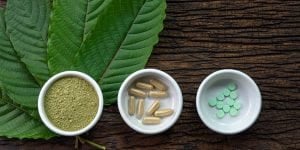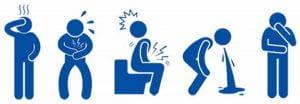Two weeks ago, every class in middle school did a science project for our science fair, which we call the science expo. Our class, the 7th grade, was tasked with an “open ended science experiment.” At first it was difficult to think of an idea, and to actually get going with it, but once I started, it wasn’t too hard. For my experiment, I did what is in the lake near us, and our school lake, and what filter works best to filter that water. I ended up getting two controls, the larger lake, and the lake next to our school. I also had four filters. These filters included: Boiling the water, a tree branch filter, a Life Straw, and a ground/ earth/ natural filter. I will explain what these filters actually are in a second.

To test the water, we contacted different water testing places and ended up choosing Great Lakes Wateer Quality Lab, Inc. They were very helpful and we ended up getting our tests and results very quickly! The tests that they ran on our water samples were searching for Total Coliform, (T.C.) and, E. coli. The first filter is pretty self explanatory. You bring your water to a rolling boil and keep it there for one minute. This took all of the Total Coliform and E. coli out of it. The second filter is a living tree limb stuck into a tube with the bark pulled off. You then run the water through it. This also was successful. The third was a filter that we had in our house, and I’m not completely sure what’s in it, but I’m pretty sure that it uses layers of a paper like filter. This also took all of the bacteria out. The next, and final filter is a filter that contains: cotton, activated carbon, sand, pebbles, and, gravel. (In that order, bottom to top.) This filter was the worst, because it actually increased the amount of T.C. and E. coli by 175x. We think that the reason of this is that we took most of the ingredients from next to the big lake, and there are a lot of geese that like to hang out there. The problem is that both of these bacteria come from the feces of mammals.
- What would have happened with the 2nd filter if I had gotten the materials from a different place instead of right by the water?
- How would the results differ if I had tested all of the filters with the water from Cedar Lake?
- What would have happened if the bacteria had been given more time to incubate?








